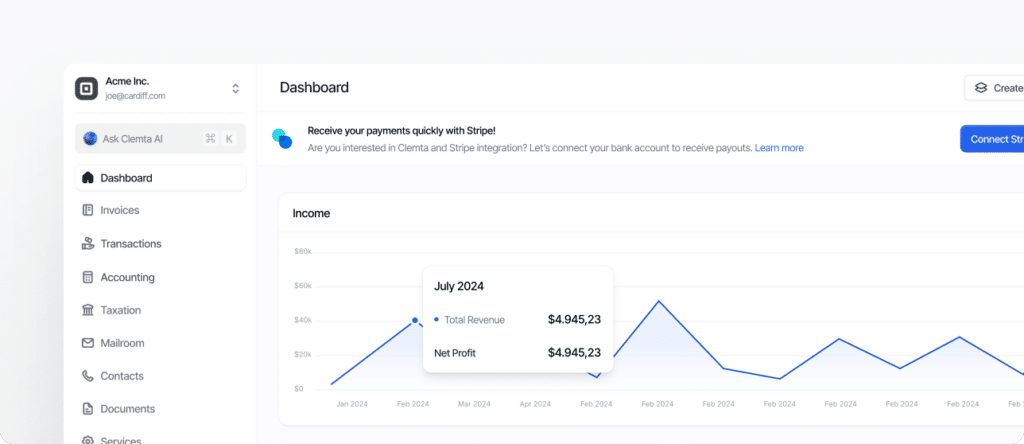The process by which someone earns ownership of shares or benefits (such as stock options or equity) over time, rather than receiving them all at once.
What is Vesting?
Vesting is a concept most commonly used in startup equity compensation and employee stock option plans, referring to the gradual earning of ownership rights in shares, options, or other benefits. Instead of receiving full ownership immediately, an individual earns their stake over a set period, typically to encourage long-term commitment to the company.
In startups, founder shares, employee stock options, or equity grants often come with a vesting schedule (a timeline that defines how and when ownership rights are granted). The most common structure is a four-year vesting schedule with a one-year cliff. This means:
- No ownership is earned until one year has passed (“cliff”), at which point 25% vests
- After the cliff, the remaining 75% vests monthly or quarterly over the next three years
If the individual leaves the company before fully vesting, any unvested shares are typically forfeited. This protects the company from giving full equity to someone who exits early.
Vesting is also used with restricted stock units (RSUs), retirement plans, and even intellectual property agreements. For founders, reverse vesting may apply (meaning they technically own their shares, but if they leave before the vesting schedule is complete, the company has the right to repurchase the unvested portion).
For non-U.S. founders, it’s important to understand how vesting can affect ownership, control, and equity dilution (especially when raising investment or building teams in the U.S.). Investors often require vesting provisions for founders to align incentives and reduce risk. Additionally, certain U.S. tax implications (like the 83(b) election) are tied to how and when equity vests.
In summary, vesting is a key mechanism for aligning long-term interest and protecting company equity. Whether for founders, employees, or contractors, it ensures that ownership is earned over time through continued contribution and commitment.

